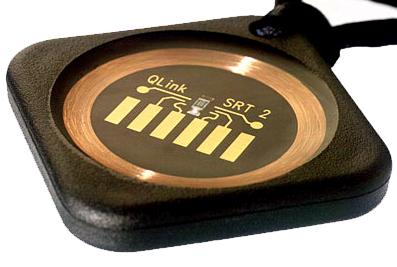I just spent a little while perusing the Hobby Corner section of the excellent Discover Circuits site.
I reviewed a "shake flashlight" a while ago, and have since answered a letter from someone who bought a fake one.
Here's a page about how, exactly, the (genuine) lights work - or at least how the cheap knockoff versions do. It suggests a better design, but the shake-light idea is pleasing despite its inefficiency; with decent components they work well enough, and they let the light retain a normal unbroken flashlight casing, rather than requiring a crank handle or pull-string to stick out somewhere.
I've got some of the cheap-yet-functional ones as mentioned on that page; I bought them very cheaply on eBay, so I'm not too bothered that they take a lot more effort to charge and glow more weakly and for less time.
If you feel the urge, you can follow the Discover Circuits suggestions and upgrade the cheap lights with better diodes and capacitors to be much closer to the quality of the brand name versions.
Another Discover Circuits highlight: A super-simple capacitor-based constant current LED power supply to let you run long strings of LEDs from mains power (or fix these crappy LED nightlights).
It is also my considered opinion that the words DANGEROUS VOLTAGES EXIST EVERYWHERE are the mark of a truly excellent schematic.




